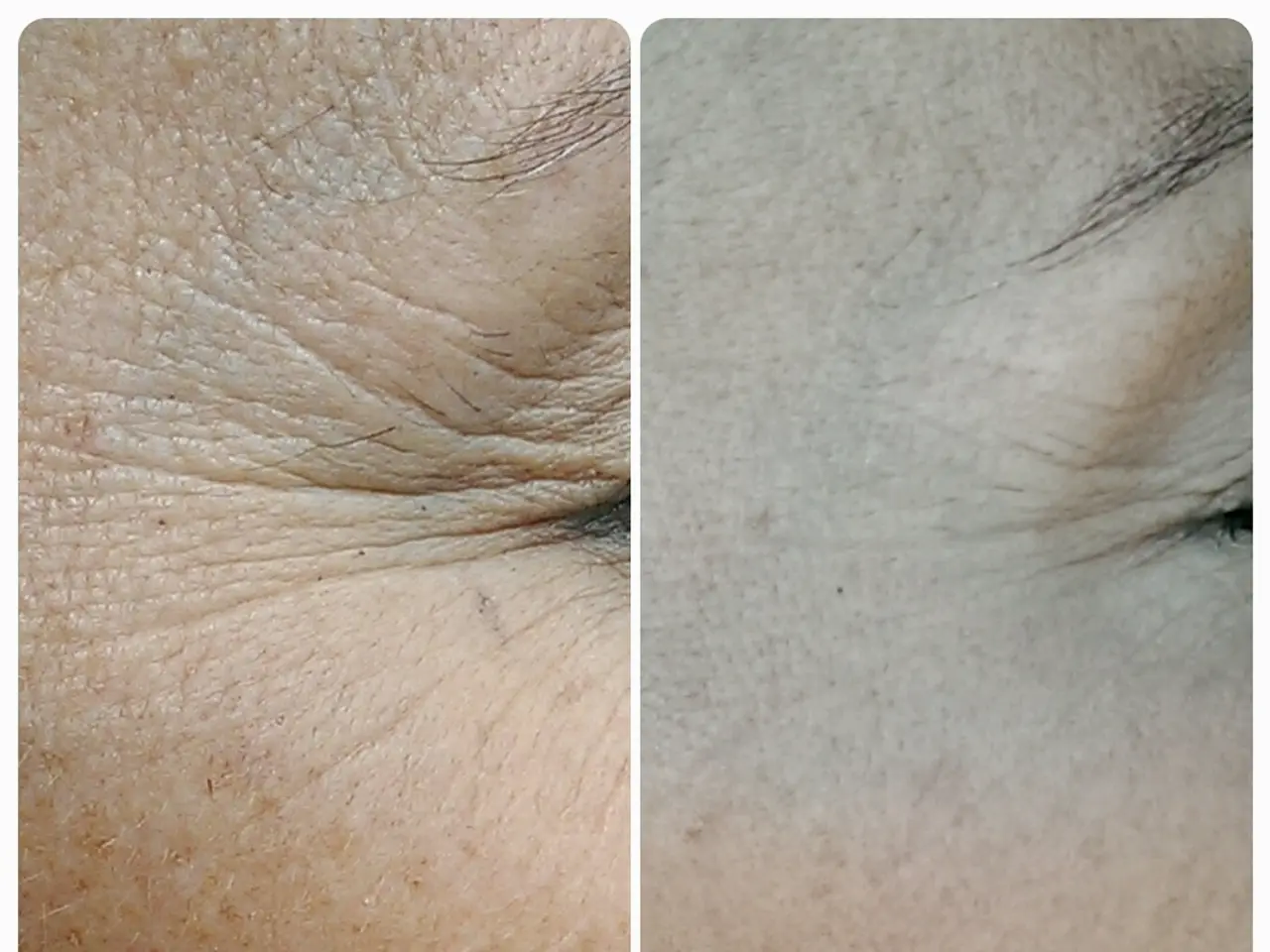Comprehensive Insights on Psoriasis: Symptoms, Causes, Treatments, and More
Psoriasis is a chronic autoimmune condition that affects millions of people worldwide. This condition causes rapid skin cell buildup, leading to scaling on the skin's surface and inflammation.
The most common type of psoriasis is plaque psoriasis, which causes red, inflamed patches on light skin tones and purple or grayish color or darker brown patches on skin of color. Other types include psoriasis capitis (affecting the scalp), guttate psoriasis (characterised by small pink or violet spots, often occurring in childhood), inverse psoriasis (causing bright areas of red, shiny, inflamed skin under armpits, breasts, in the groin, or around skinfolds), pustular psoriasis (characterised by white, pus-filled blisters and broad areas of red or violet inflamed skin), and erythrodermic psoriasis (a severe and very rare type that covers large sections of the body and can be life-threatening).
Psoriatic arthritis, a type of arthritis that causes swelling, pain, and inflammation in affected joints, is also associated with psoriasis. Around 30% to 33% of people with psoriasis will receive a diagnosis of psoriatic arthritis.
Treatments for psoriasis fall into three categories: topical, systemic, and light therapy. Topical treatments include anthralin, vitamin D analogues, salicylic acid, moisturizer, and topical JAK inhibitors. Systemic medications, such as methotrexate, cyclosporine, biologics, oral retinoids, and oral apremilat, are used for moderate psoriasis. Light therapy uses ultraviolet or natural light to slow the growth of skin cells and reduce inflammation.
In some cases, if you have moderate to severe psoriasis or if psoriasis stops responding to other treatments, your doctor may consider an oral or injected medication. It's important to note that while these treatments can help manage symptoms, they may also come with side effects. For instance, methotrexate, a systemic medication, can cause serious side effects long term and during pregnancy, while retinoids, used to reduce skin cell production, may cause side effects such as hair loss and mucosal dryness.
Lifestyle factors can also play a role in managing psoriasis symptoms. Maintaining a healthy weight, eating a diet rich in omega-3 fatty acids, whole foods, and plants, and limiting foods that may increase inflammation in the body, such as refined sugars, dairy products, and highly processed foods, may help ease and reduce symptoms. Some doctors even prefer a diet rich in whole foods to supplements in pill form.
It's also worth noting that limiting alcohol consumption can help lower the risk of psoriasis flare-ups. Avoiding trigger foods such as red meat, refined sugar, highly processed foods, and dairy products may also help improve symptoms.
An early diagnosis and treatment plan designed for your specific situation can help reduce the likelihood of severe complications, including joint damage. It's important to remember that psoriasis is not contagious and cannot be passed from one person to another.
In conclusion, while psoriasis can be a challenging condition to manage, understanding its types, treatments, and lifestyle factors can empower individuals to take proactive steps towards managing their symptoms and improving their quality of life.
Read also:
- Dubai's Health Sector Achieves Worldwide Acclaim with Epic Gold Stars Level 10 Certification
- Nutrition Deficiency: Identification, Signs, and Remedies
- Dietary Guideline for a Week: Weekly Meal Suggestions with Anti-Inflammatory Recipes
- Revival Opportunities: Underlining the Imperative of Children's Organ Transplantation






